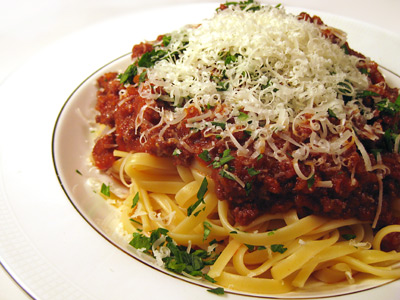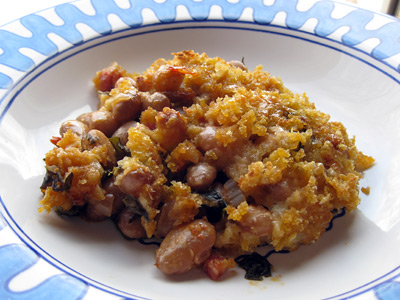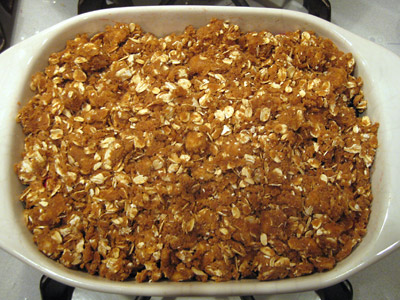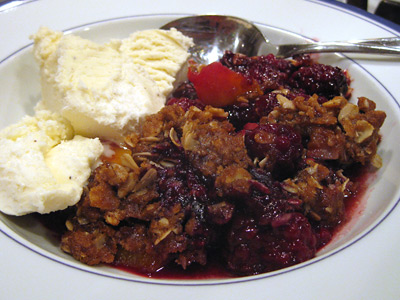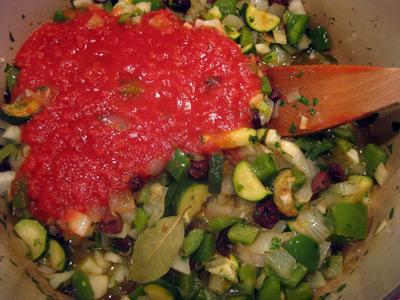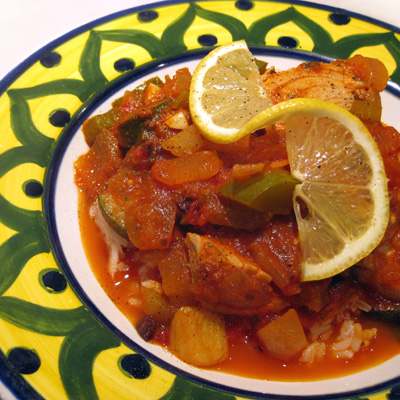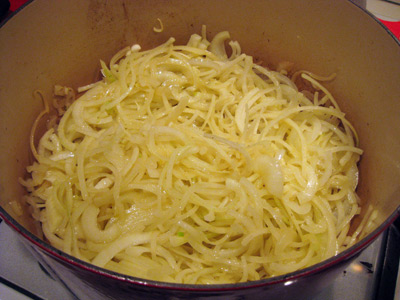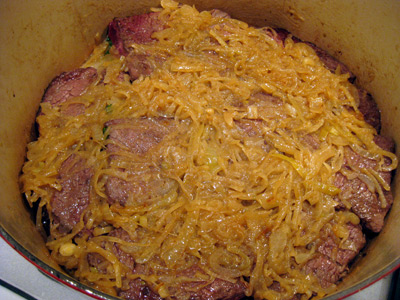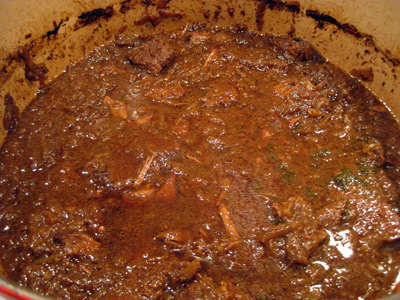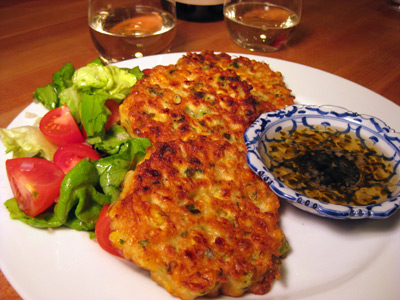Saturday’s dinner posed an interesting challenge. Meal time was going to be set by the baby, not by the food, so I needed dishes that could be served quickly or wait a while. In the end, I decided on starters of mushroom crostini, with a touch of truffle salt to elevate the bite, and some asparagus and arugula rolled in prosciutto. The main course was linguine with a rich bolognese sauce enhanced with balsamic vinegar.
The asparagus rolls were the result of mind-bending repetition. I had to watch a silent Mark Bittman make them about 700-odd times. Yes, I flew Jet Blue to and from San Francisco last week and Bittman was dancing all over the screens. I never actually listened to the audio, but it’s really not necessary for such a simple and clever appetizer. Here is the Bittman video for those who haven’t flown Jet Blue recently!
I boiled the asparagus for 5 minutes, then quickly placed under cold water; seasoned the arugula with the juice of a lemon, a splash of olive oil, salt and pepper; rolled it all up in prosciutto; and sliced into “rolls”. I’ve wrapped asparagus in prosciutto and grilled it before, but really liked the addition of arugula here. Very good.
Mushroom Crostini w Truffle Salt
Serves 4
4 thin slices of ciabatta-like bread, toasted
2 handfuls cremini (young portobello) mushrooms, thickly sliced
3 tbsp butter
olive oil
thyme leaves from 2 sprigs of fresh thyme
1 tsp fresh parsley, finely chopped
salt and pepper
truffle salt
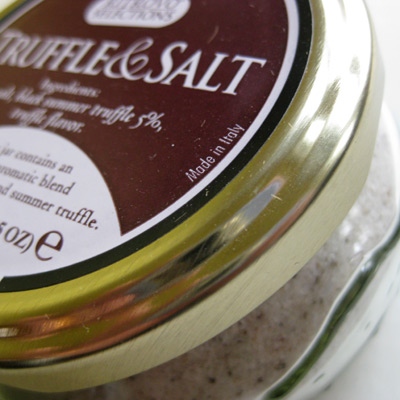 This is a simple nibble that just takes a bit of patience with the saute pan. Melt the butter and a splash of olive oil in a pan on low heat, and saute the mushrooms for 20 to 30 minutes, stirring occasionally. Add the parsley, thyme, a pinch of salt, and a pinch of freshly ground pepper about 5 minutes into the cooking process. If they start to dry out, add a splash of dry vermouth or white wine.
This is a simple nibble that just takes a bit of patience with the saute pan. Melt the butter and a splash of olive oil in a pan on low heat, and saute the mushrooms for 20 to 30 minutes, stirring occasionally. Add the parsley, thyme, a pinch of salt, and a pinch of freshly ground pepper about 5 minutes into the cooking process. If they start to dry out, add a splash of dry vermouth or white wine.
Before serving, toast the thin slices of bread (note: if you are a garlic fan, you might rub a smashed clove of garlic on the top of the slice first). Spoon some mushrooms on top, drizzle some of the melted butter from the pan, and finish off with a small pinch of truffle salt.
Truffle salt? Well, after lunch with the Foodbuzz crew last week, they walked me over to the Ferry building and so raved about this salt that I had to get some. I had been doing SO well resisting the truffle craze, but you know, and I’ll say this very quietly, it really is quite yummy.
The main course was nothing fancy; I have been experimenting with different methods for making bolognese sauce. I happened upon the Food Network chef Anne Burrel because of a twitter post by Deb of Smitten Kitchen, and the first thing I saw on Burrel’s webpage was a video of her making meat sauce. Her technique was very different from mine. She purees her mirepoix in a food processor, browns the heck out of absolutely everything, and uses tomato paste rather than whole or crushed tomatoes.
I did not follow her recipe exactly, but experimented with many of her ideas, finishing off the sauce with balsamic vinegar to add a spin of my own. I rather liked the results, served with freshly chopped parsley and a heaping of grated parmesan. I still like my personal method, but Burrel’s ideas make for a richer sauce for the right weather and mood.
